History and Architectural Remains of Sirhind
Synopsis
Sirhind, during the Mughal period, was the largest city situated in the midst of the Lahore-Delhi Highway. Even before that the antiquity of the city is traceable to the beginning of the Christian era. But it reached the zenith of its glory during the seventeenth century when it became one of the most prosperous cities of the Mughal empire. Its splendour is often described by the chroniclers and travelers of the period. With economic prosperity it also developed into a center of cultural activity. Dozens of saints, scholars, poets, historians, calligraphers and scribes from the city earned fame all over the Mughal empire. Great building activity is reflected in the popular belief that in its heyday, the city had 360 mosques, gardens, tombs, caravansarais and wells. After the first decade of the eighteenth century, the city fell on evil days. Taking advantage of the waning Mughal authority, it was plundered repeatedly by the bands of Sikhs, Marhattas and Afghans. And in 1764, in the final attack of the Sikhs, it was devastated thoroughly. The work is divided into two parts. The first part comprises three chapters. The first chapter provides a general history of the town chapter provides a general history of the town recording the known historical events in a chronological order. The next chapter is a bio-bibliographical survey of the saints and ‘ulema of the town. The scholars of other fields, poets, calligraphers etc. form the subject matter of the third chapter. Despite the utter destruction of Sirhind during the eighteenth century, more than still extant there. The second part of the book deals with these monuments. The first chapter of this part presents an analysis of the main architectural features common to all types of monuments. The next three chapters provide a detailed survey of the extant monuments classified on typological basis, i.e., tombs, mosques, gardens and other secular buildings. This part is based on first hand field work done by the author. The work is illustrated with 21 colour photographs, 120 b/w photographs along with 49 maps, ground plans, section drawings and isometric views.
Read more
125.10
112.59
$
139.00 $
Free delivery Wolrdwidе in 10-18 days
Ships in 1-2 days from New Delhi
Membership for 1 Year $35.00
Get it now and save 10%
Get it now and save 10%
BECOME A MEMBER

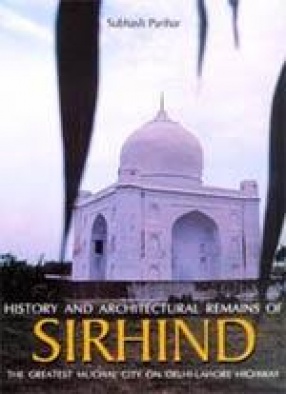
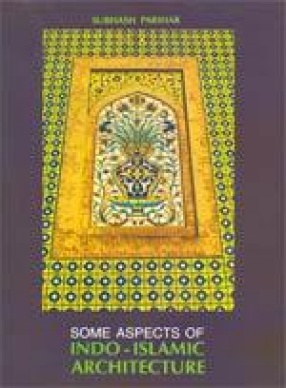
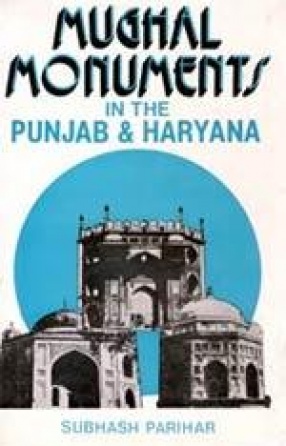

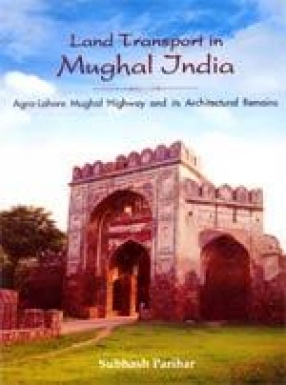
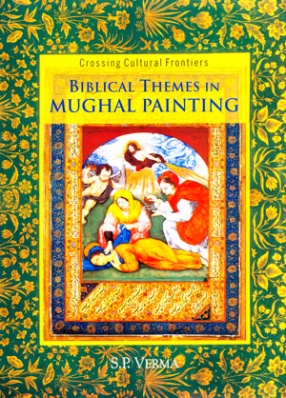
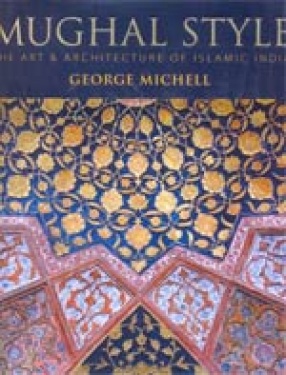
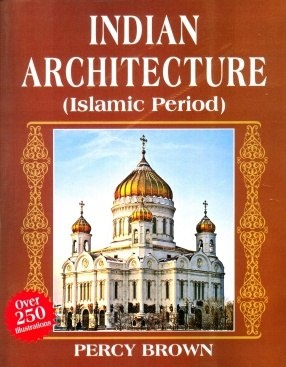
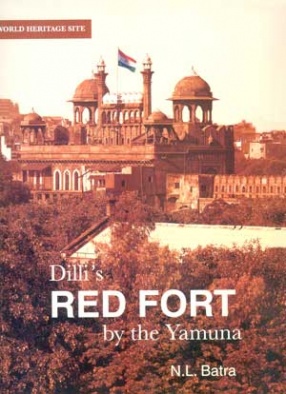

Bibliographic information